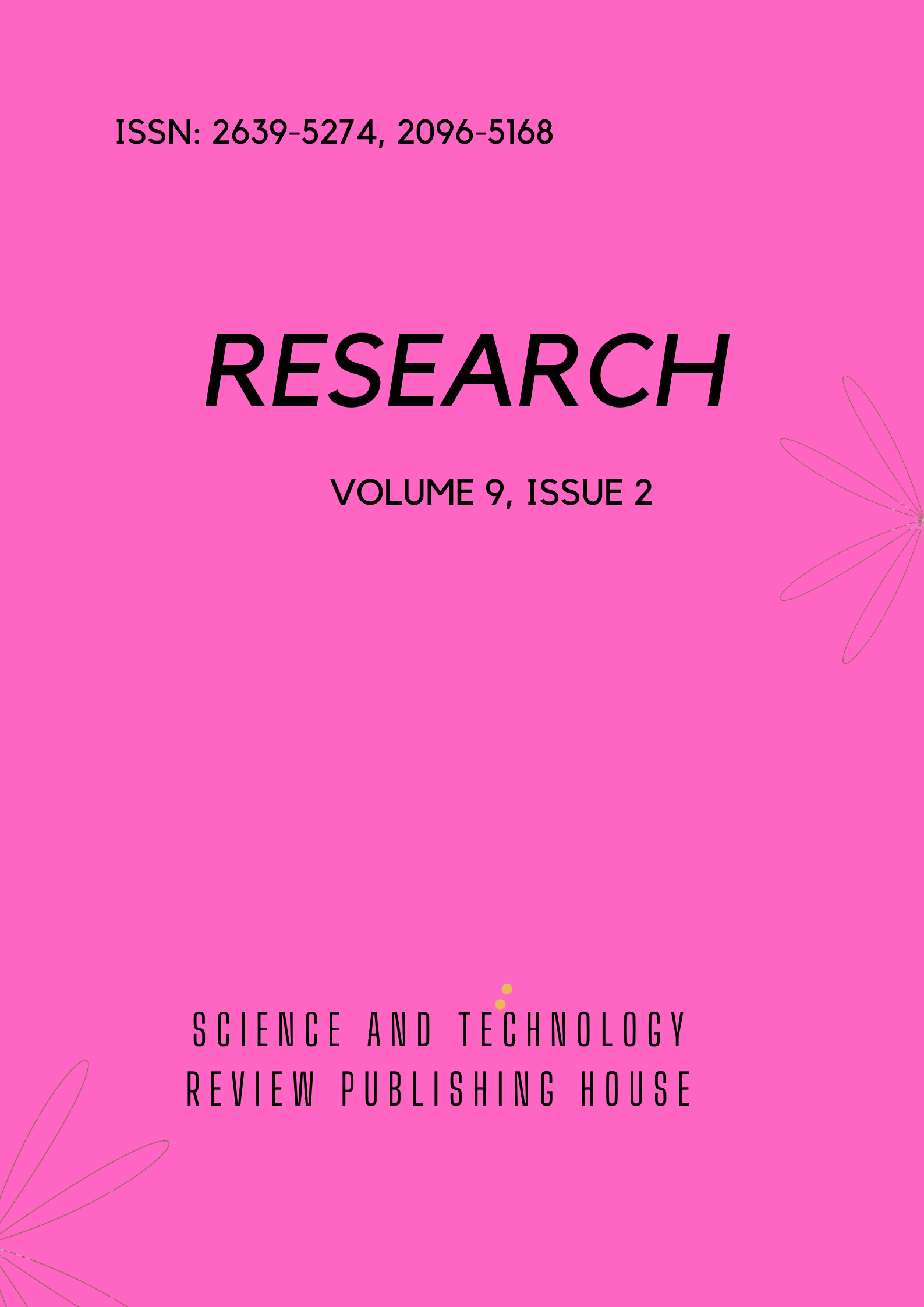China’s Trade Relations with the United States Matrix of Conflict and Cooperation
Keywords:
China-U.S. trade relations, economic impact, trade imbalances, intellectual property rights, technological competition, geopolitical implicationsAbstract
Introduction: China-U.S. trade relations, as characterized by the matrix of conflict and cooperation, are a high-impact factor in the global economy. Present study inspects the historic evolution process, economic impacts, major conflicts, and areas of cooperation between these two economic giants.
Methods: In this research, a qualitative approach was used in which previous research articles and document analysis observations were utilized as data collection techniques. Thematic analysis was used for drawing out key themes from the data.
Results/Findings: The analysis highlighted significant milestones in the bilateral trade relationship, ongoing imbalances, and ongoing tensions about intellectual property and technical competition. Despite these challenges, there are significant areas of collaboration in fields such as bilateral trade agreements and technical alliances. From a geopolitical perspective, one may observe a global influence exerted by this bilateral relationship inside the interconnected network of tension.
Future Direction: Future research should further investigate the characteristics of technological decoupling, the interplay between multilateral organizations, regional trade dynamics, sustainability concerns, social and labor effects, and the resilience of global supply chains in the context of China-U.S. trade relations.
Keywords: China-U.S. trade relations, economic impact, trade imbalances, intellectual property rights, technological competition, geopolitical implications






